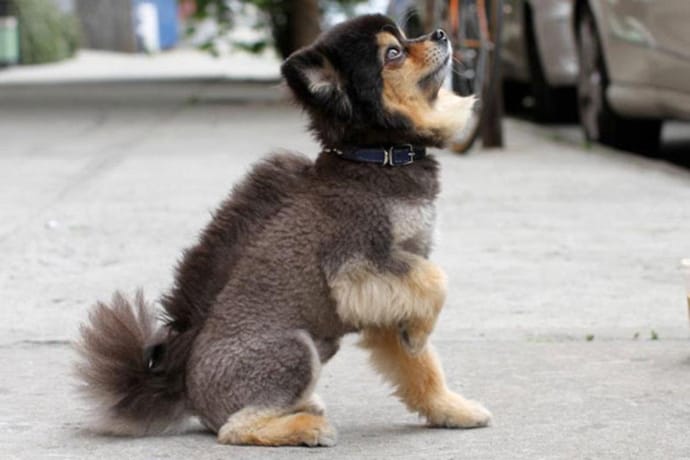“Pets are humanizing. They remind us we have an obligation and responsibility to preserve and nurture and care for all life.” — James Cromwell
When the summer sun blazes, keeping your dog cool is not just a matter of comfort, it’s essential for their health. With temperatures rising globally, it’s crucial to adopt effective strategies to ensure our furry friends remain safe and comfortable. Studies show that dogs are more susceptible to heatstroke and dehydration, making it vital to proactively manage their environment and activities during hot weather.
Understand the Risks of Overheating
Before diving into practical tips, it’s important to recognize the signs and risks associated with overheating in dogs. Symptoms of heatstroke include excessive panting, drooling, lethargy, vomiting, and even collapse. According to the American Veterinary Medical Association (AVMA), thousands of pets suffer from heat-related illnesses each year, which can be fatal if not addressed promptly.
Create a Cool Home Environment
1. Air Conditioning and Fans
Ensure your home is a cool sanctuary. Air conditioning is the most effective way to maintain a comfortable indoor temperature. If air conditioning isn’t available, fans can help circulate air. Create a draft by placing fans in front of open windows to increase airflow.
2. Cooling Mats and Beds
Invest in cooling mats or beds specifically designed to regulate your dog’s body temperature. These products often use gel or water to absorb and dissipate heat, providing a cool surface for your dog to rest on.

Hydration is Key
3. Fresh Water Availability
Always keep fresh water accessible. Use multiple bowls around the house and in your yard. Consider investing in a pet water fountain to encourage your dog to drink more frequently.
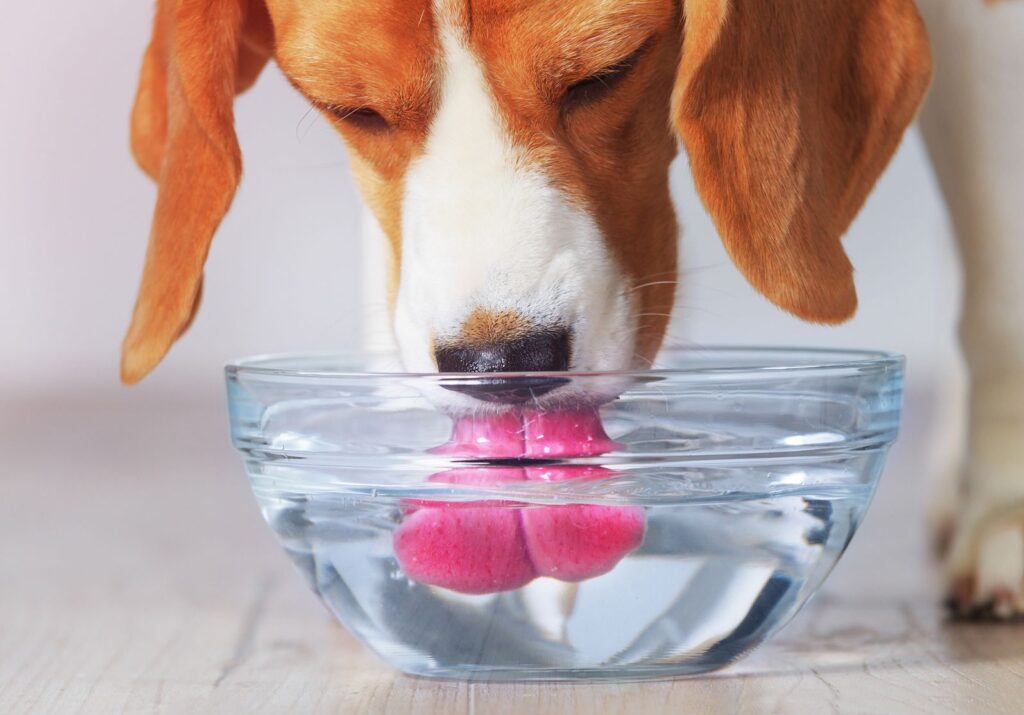
4. Hydration-Boosting Treats
Incorporate hydrating treats such as ice cubes made from chicken broth or frozen fruits like watermelon and cucumber. These not only cool your dog down but also add extra moisture to their diet.
Smart Outdoor Activities
5. Avoid Peak Heat Hours
Walk your dog early in the morning or late in the evening when temperatures are cooler. Avoid midday walks when the sun is at its peak. Asphalt can be scorching hot and can burn your dog’s paws, so always check the ground temperature with your hand.
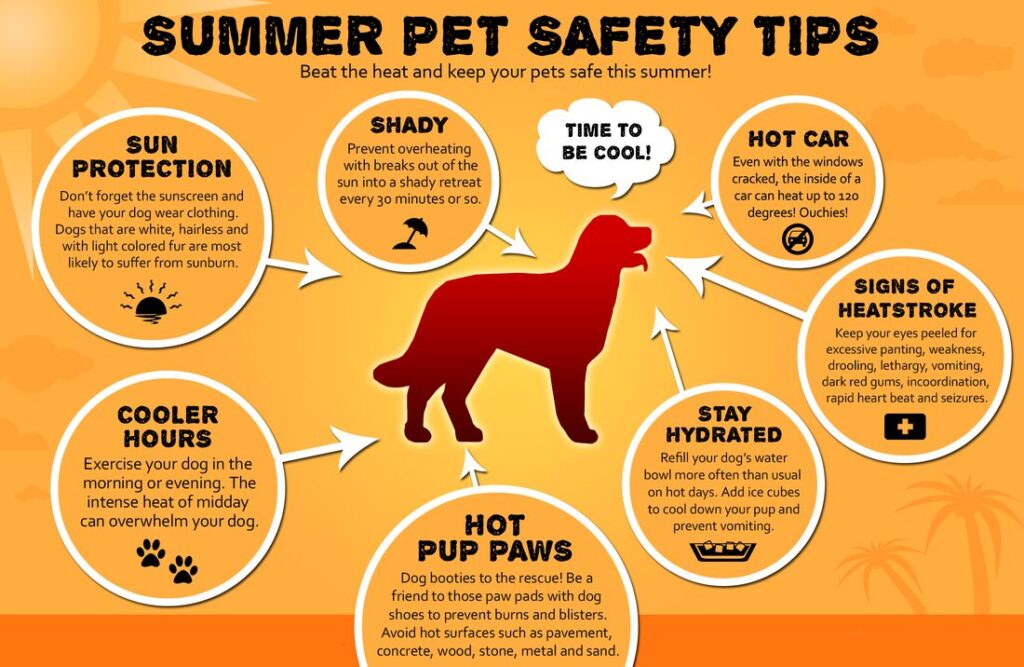
6. Shade and Rest
When outside, provide ample shade. Use portable canopies or umbrellas if natural shade isn’t available. Ensure your dog takes frequent breaks, especially during play or exercise.
Innovative Cooling Products
7. Dog Cooling Vests
Dog cooling vests are a fantastic invention. These vests are soaked in water and then worn by your dog. As the water evaporates, it absorbs heat, effectively cooling your dog’s body.
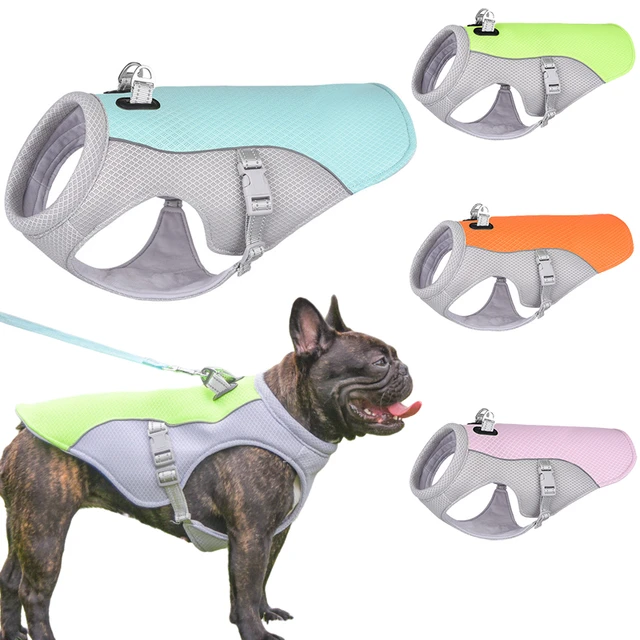
8. Cooling Bandanas
Similar to vests, cooling bandanas can be soaked in water and tied around your dog’s neck. They are an easy and affordable way to keep your dog cool, especially during walks.
Grooming Tips
9. Regular Brushing
Regular brushing helps remove excess fur, allowing better air circulation on your dog’s skin. For dogs with thick coats, consider professional grooming to thin out their undercoat.
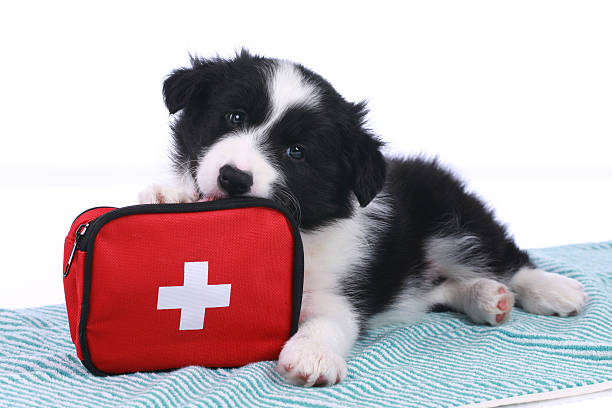
10. Appropriate Haircuts
Not all dogs benefit from shaving. In fact, shaving can sometimes make overheating worse. Consult with your vet or a professional groomer to determine the best grooming strategy for your dog’s breed.
Emergency Measures
11. Immediate Cooling Techniques
If you suspect your dog is suffering from heatstroke, act immediately. Move them to a cool area, apply cool (not cold) water to their body, and use fans to increase evaporation. Offer small amounts of water to drink and contact your vet without delay.
12. First Aid Kit
Having a pet-specific first aid kit on hand is invaluable. Include items like a rectal thermometer to check for fever, electrolyte solutions, and emergency contact numbers for your vet.
By implementing these strategies, you can ensure that your dog enjoys a safe and comfortable summer. Remember, your vigilance and proactive measures can make all the difference in your dog’s well-being during the hot months.



